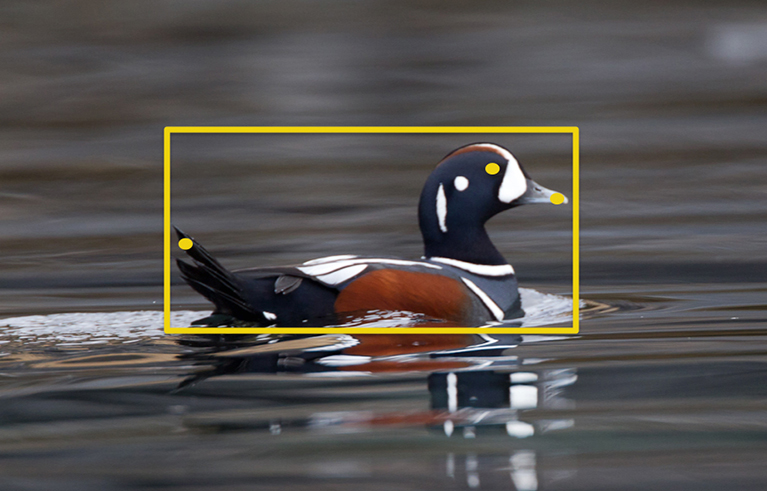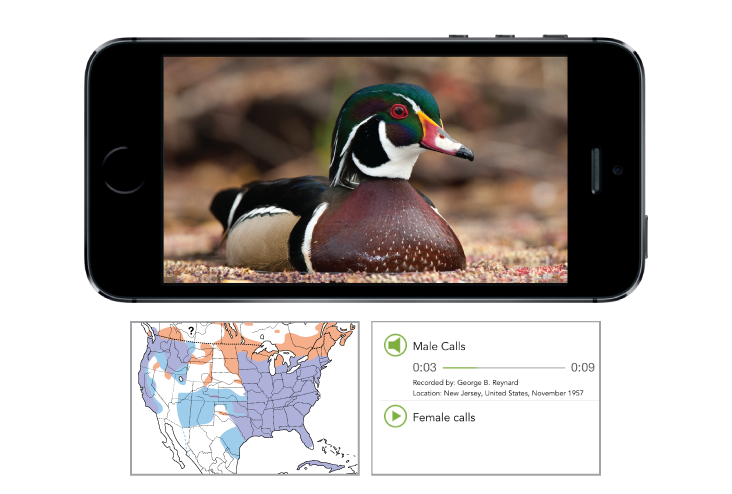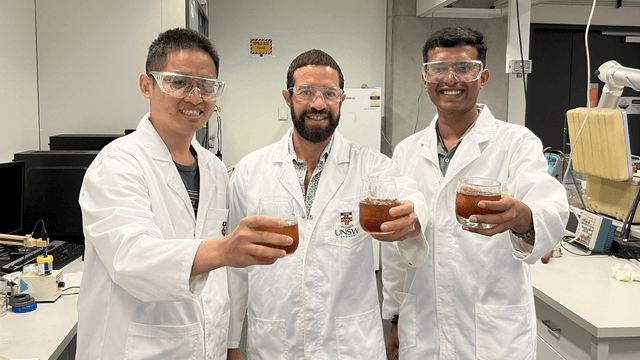Seeing a beautiful bird in a tree while squinting through binoculars and then trying to recall the markings for identification is a real challenge for bird watchers. Even dedicated birders can be stumped. It almost requires a bit of magic to narrow the vast field to such a specific degree.
But now, the wizardry of “Merlin Bird Photo ID” can identify the 400 most common U.S. species through “pattern recognition technology.” And it is user interactive, so the more it is able to “learn” from photos and info submitted by the public, the better apt it becomes at identification. Best of all, it’s free to use, thanks to funding from the National Science Foundation, Google, and the “Visipedia” research project, and collaboration between Cornell Tech’s Lab of Ornithology and the California Institute of Technology.
The way it works is that users upload a bird photo, telling Merlin the time and location of the image. Then the user draws a box around the bird in the photo and clicks on the tail, eye and beak. With those data points, Merlin makes comparisons with tens of thousands of computer images and evaluates the pixels to come up with the most likely species identification, complete with tweets and chirps. It also makes use of the eBird.com database and its 70 million listed sightings to filter for the location and time of year the uploaded photo was captured.
As with other software that uses “machine recognition techniques,” Merlin gets smarter with each human interaction. It currently operates at about a 90% accuracy rate at identifying the bird in the top three results.
There is also a free app at merlin.allaboutbirds.org/, so just by answering five questions about size, color, where it was when you saw it (at a feeder, in a tree, etc.), and the location and season, it can help you differentiate between a Scarlet Tanager and a Summer Tanager. The app offers learning tools for better birding for beginner and intermediate bird watchers as well.
Participatory research like this brings the everyday enthusiast into the fold of scientific advancement. It is shared information that we all then own collectively. And that is one small, but very cool, way to use new technology, along with our personal interests and talents, to make the world a better place.







